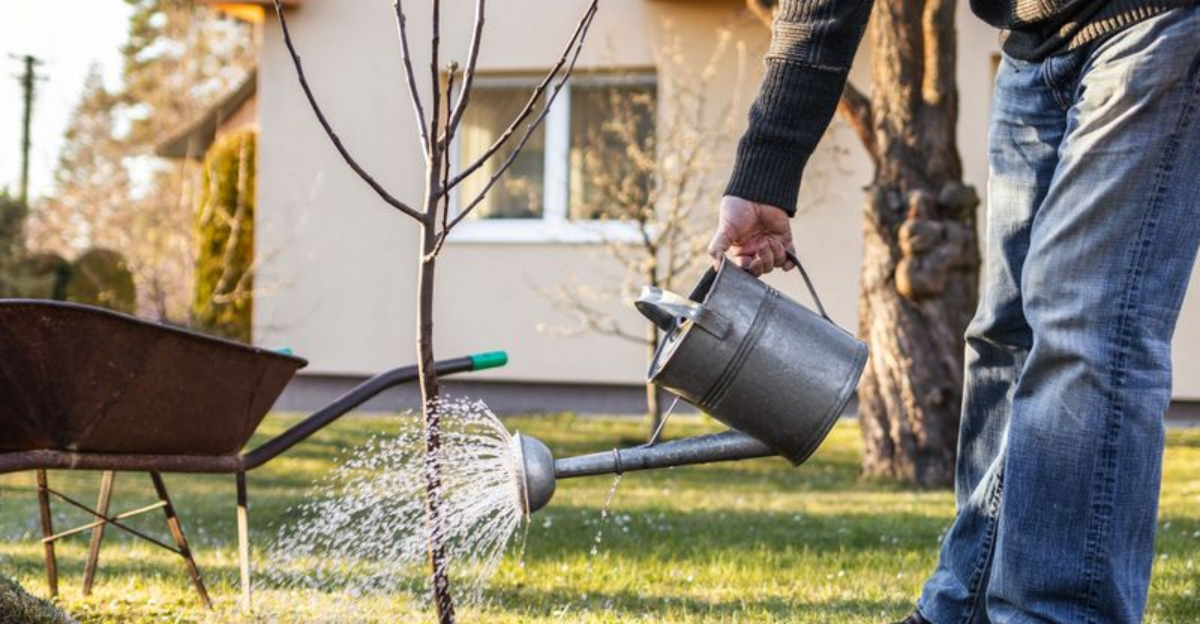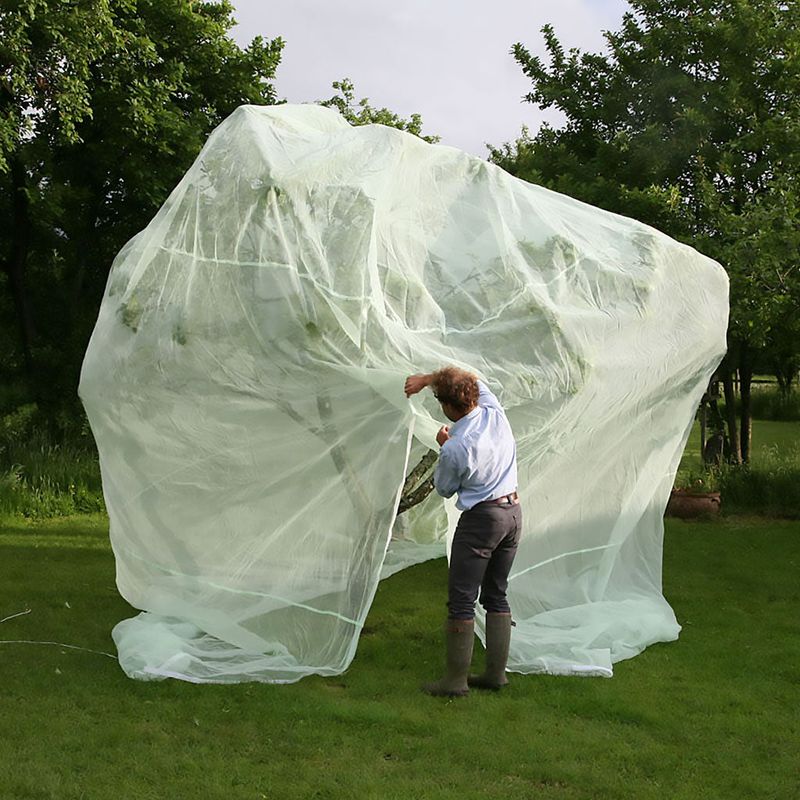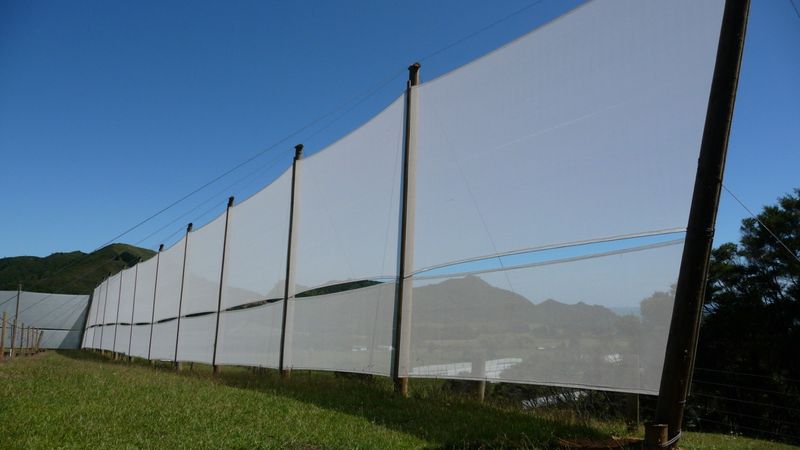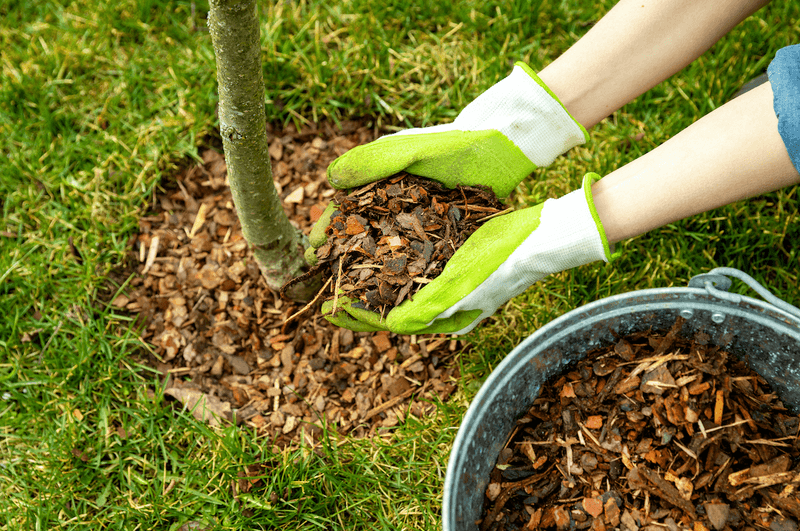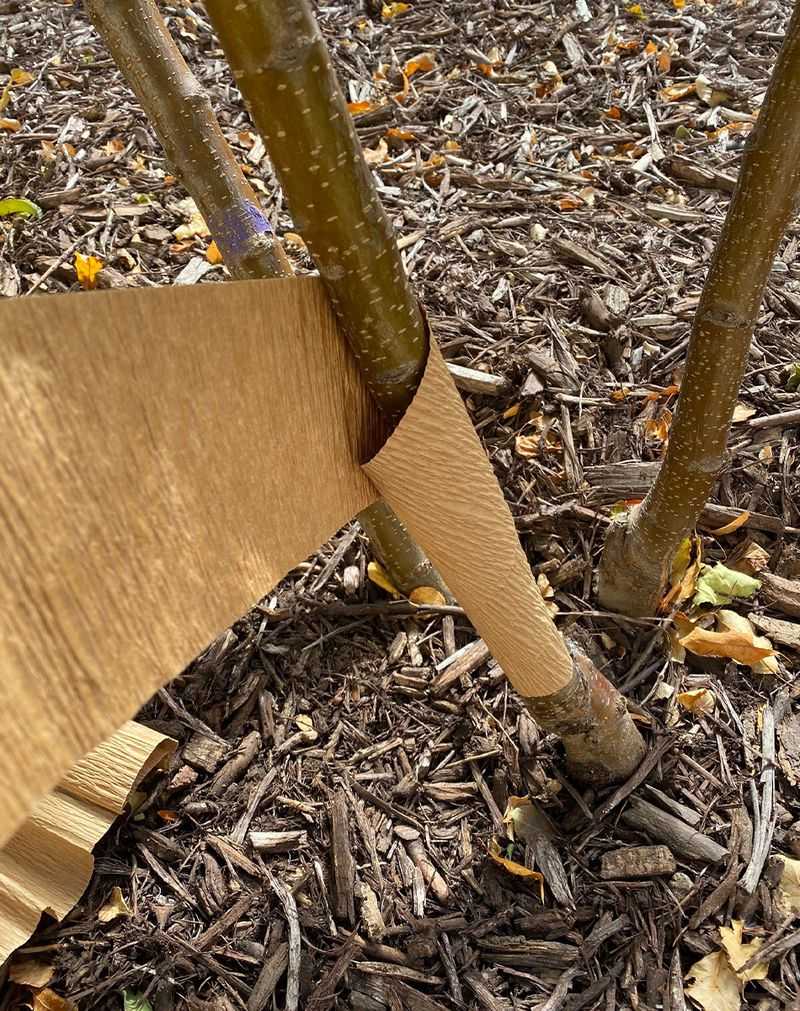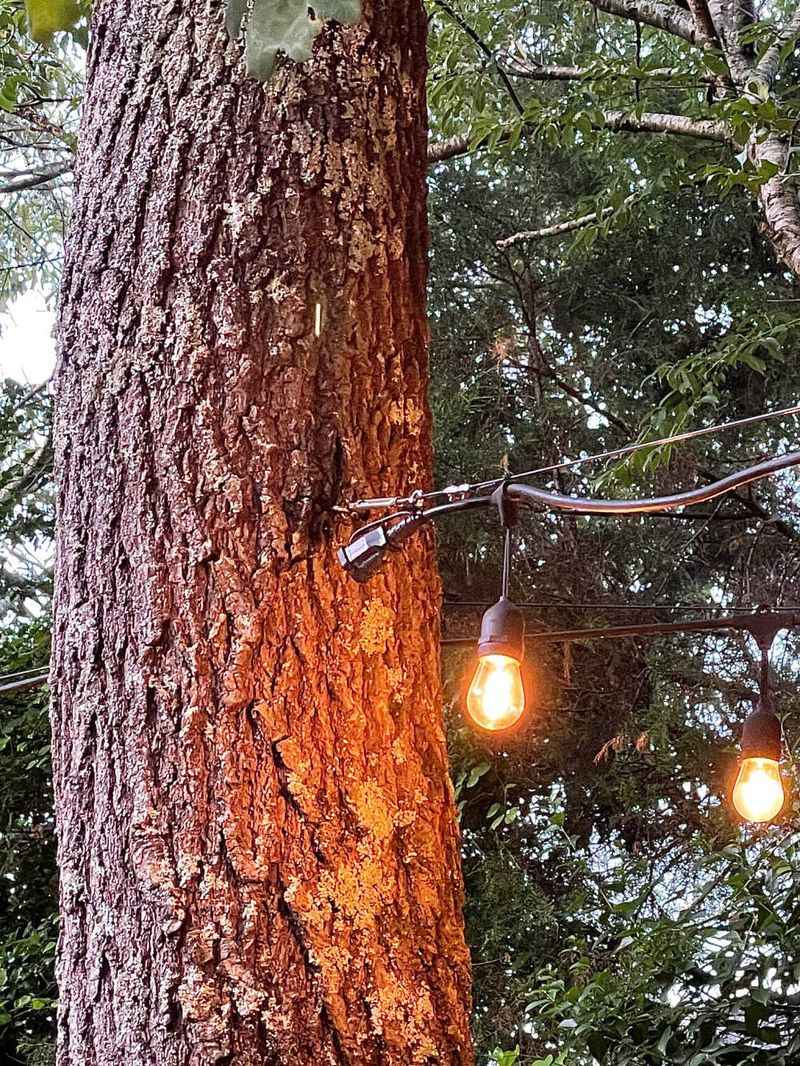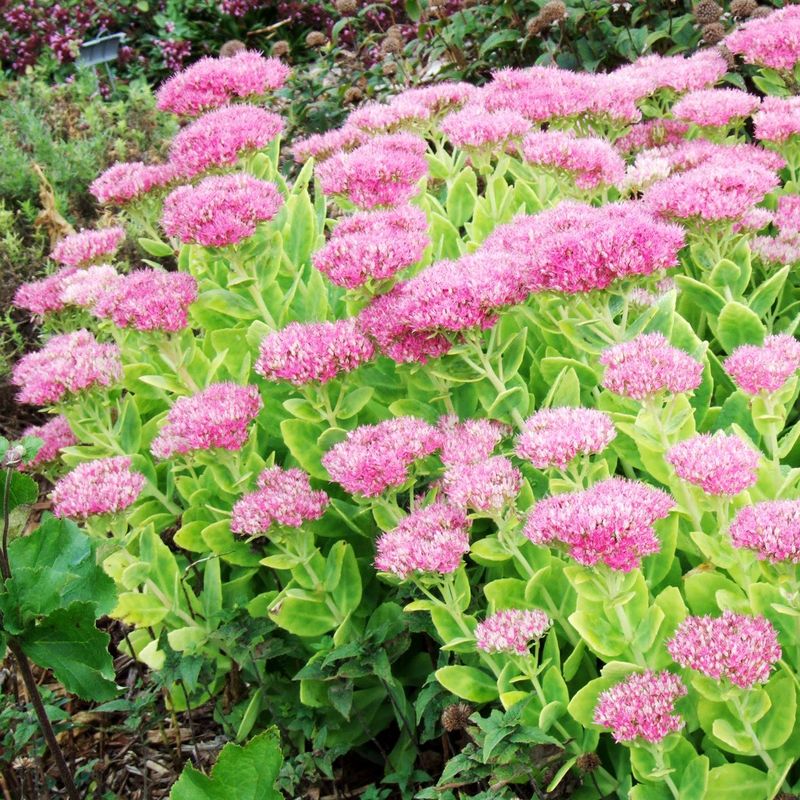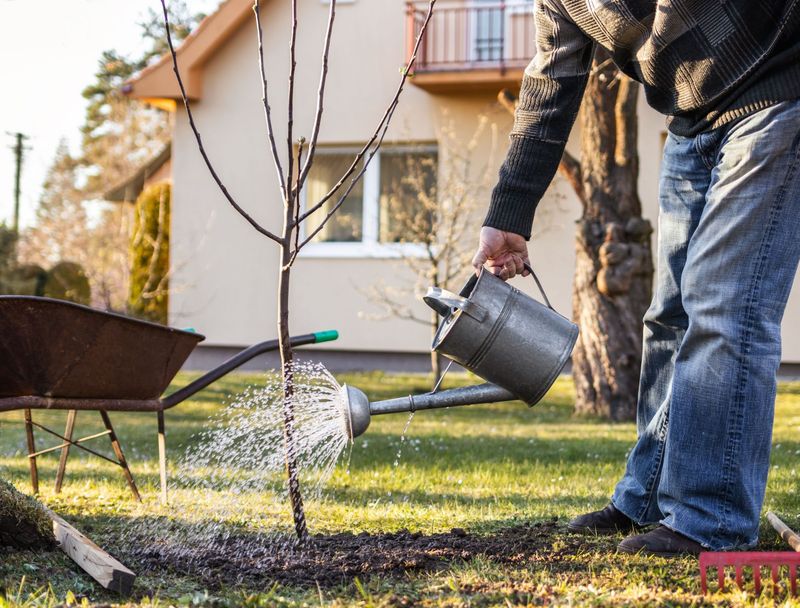Freezing temperatures pose a significant threat to fruit trees, often leading to damage or loss of crops.
Protecting your trees from these harsh conditions is essential for maintaining their health and ensuring fruitful harvests.
Here, we explore eight effective strategies to safeguard your fruit trees from freezing temperatures.
1. Use Frost Blankets
Frost blankets act as a shield against freezing temperatures. By draping these over your trees, you provide an extra layer of insulation. Choose materials specifically designed for frost protection, as they offer better warmth retention.
Secure the blankets firmly to prevent them from being blown away by winds. This method is especially effective for smaller trees or young saplings that are more vulnerable to the cold.
2. Install Windbreaks
Windbreaks are structures that reduce wind speed, thereby minimizing cold stress on trees. Position these barriers on the windward side of your orchard.Materials like wood or dense hedges work well for creating effective windbreaks.
This approach not only protects against cold but also helps prevent soil erosion and maintains a stable environment for your trees.
3. Apply Mulch
Mulch acts as an insulating layer, preserving soil warmth and moisture. Spread a thick layer around the base of your trees. Organic mulches, such as straw or wood chips, are ideal as they decompose naturally, enriching the soil.
Ensure the mulch is not piled against the tree trunk to prevent rot. This simple technique can significantly improve your tree’s resilience to cold.
4. Use Tree Wraps
Tree wraps protect the bark from chilling winds and freezing temperatures. Wrap the trunks of young or newly planted trees. Materials like burlap or commercial tree wraps are suitable for this purpose.
Wraps should be applied in late fall and removed in early spring to allow the tree to breathe and grow without restrictions.
5. Use outdoor string lights or heaters
String lights, often seen as holiday decorations, can serve a dual purpose. Wrapped around fruit trees, they provide gentle warmth against freezing temperatures.
The soft glow isn’t just aesthetically pleasing but also functional, helping to raise the temperature slightly around the tree.
For a more robust solution, outdoor heaters can be strategically placed nearby. These heaters emit a consistent warmth, creating a barrier against the impending frost.
Both methods are quite effective, turning your garden into a twinkling sanctuary while safeguarding your precious fruit trees. The dance between function and festivity makes this approach a delightful choice.
6. Plant Cold-Hardy Varieties
Selecting cold-hardy tree varieties can prevent damage from freezing temperatures. Consult local nurseries for recommendations.Planting these varieties ensures that your orchard remains productive even in harsh conditions.
This strategy, although long-term, significantly reduces the need for additional protective measures, making it a wise choice for regions prone to cold.
7. Water Before Frost
Watering trees before a frost can help stabilize temperatures. Moist soil retains heat better than dry soil, providing a buffer against the cold. Ensure adequate drainage to prevent waterlogging, which can harm roots.
This method works well in conjunction with other protection strategies, enhancing their effectiveness and ensuring comprehensive frost protection.
8. Prune Wisely
Pruning improves air circulation and removes weak branches, reducing stress on trees during cold weather. Focus on removing dead or damaged limbs.
Timing is essential; prune in late winter before new growth begins. Proper pruning promotes healthier trees that are more resilient to freezing temperatures, providing long-term benefits and better fruit production.
